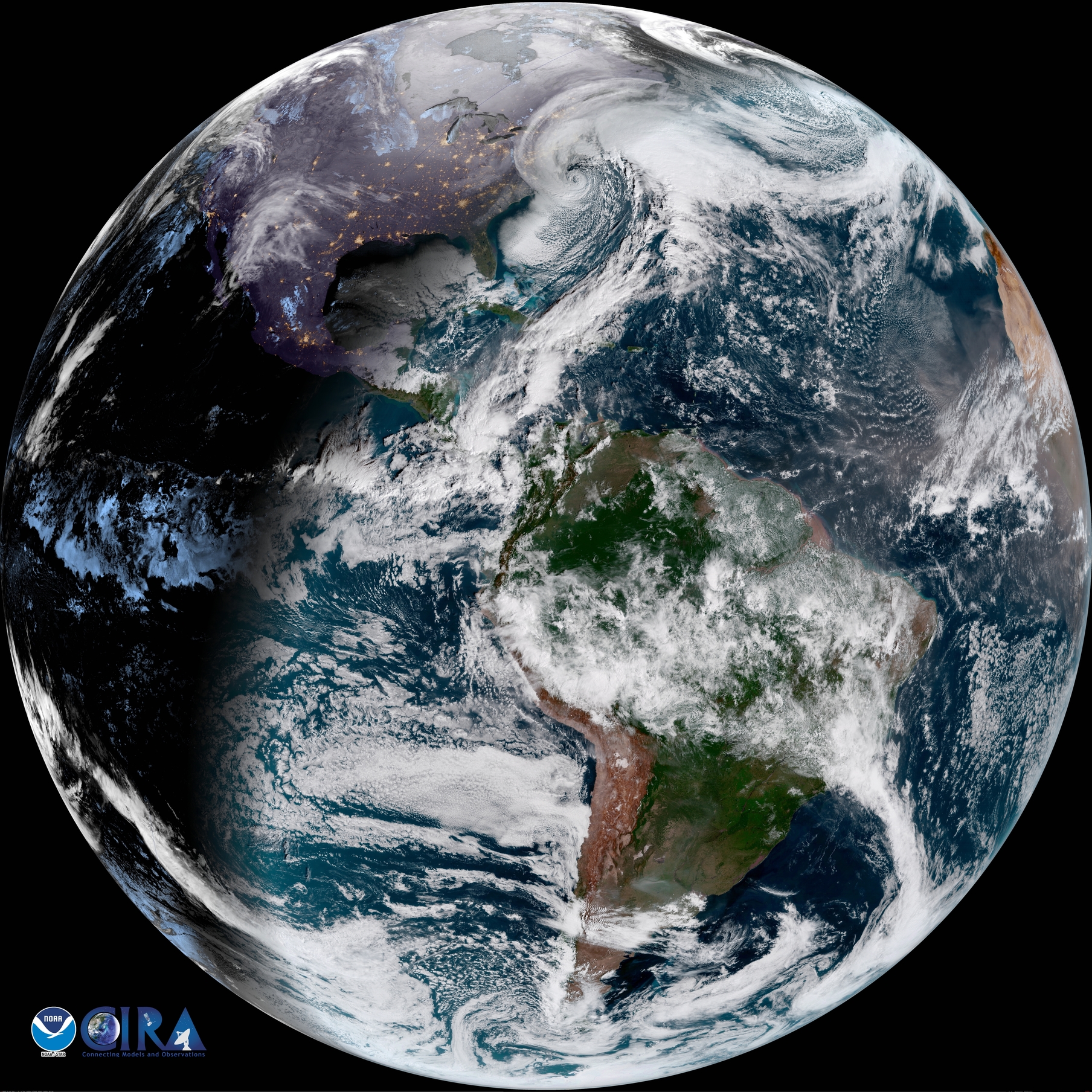'Bomb Cyclone' Swirls Across US East Coast in a Stunning View of Earth

As a powerful bomb cyclone winter storm curls across the U.S. East Coast this morning (Jan. 4), the National Oceanic and Atmospheric Administration's (NOAA) GOES-East satellite is snapping stunning images of the Earth's surface.
The NOAA satellite, which launched in 2016 (referred to as GOES-R and GOES-16 before and after launch), is intended to give forecasters their best-ever views of storms and severe weather affecting the globe. The satellite's views have been updating online here as the storm progresses. [See the 'Bomb Cyclone' in These NASA and NOAA Gifs]
A bomb cyclone occurs when a weather system's atmospheric pressure drops incredibly rapidly, causing it to quickly increase in strength and whipping up hurricane-level winds and often heavy snow over a broad area.
The satellite officially reached its GOES-East position in December, where it views the entire Western Hemisphere from a high geostationary orbit — it stays still relative to the Earth's surface as it orbits and the world turns. The satellite's powerful imagery will help forecasters track storms, hurricanes, wildfires and more as they move across the globe. GOES-East marks the first in a series of satellites set to provide high-definition storm imagery; a second is scheduled to launch in March.
"For weather forecasters, GOES-R [series, including GOES-East] will be similar to going from a black-and-white TV to super-high-definition TV," Stephen Volz, assistant administrator for NOAA's Satellite and Information Services Division, said before the satellite's launch. "For the American public, that will mean faster, more accurate weather forecasts and warnings. That also will mean more lives saved and better environmental intelligence for state and local officials and all decision makers."
Email Sarah Lewin at slewin@space.com or follow her @SarahExplains. Follow us @Spacedotcom, Facebook and Google+. Original article on Space.com.
Get the world’s most fascinating discoveries delivered straight to your inbox.




